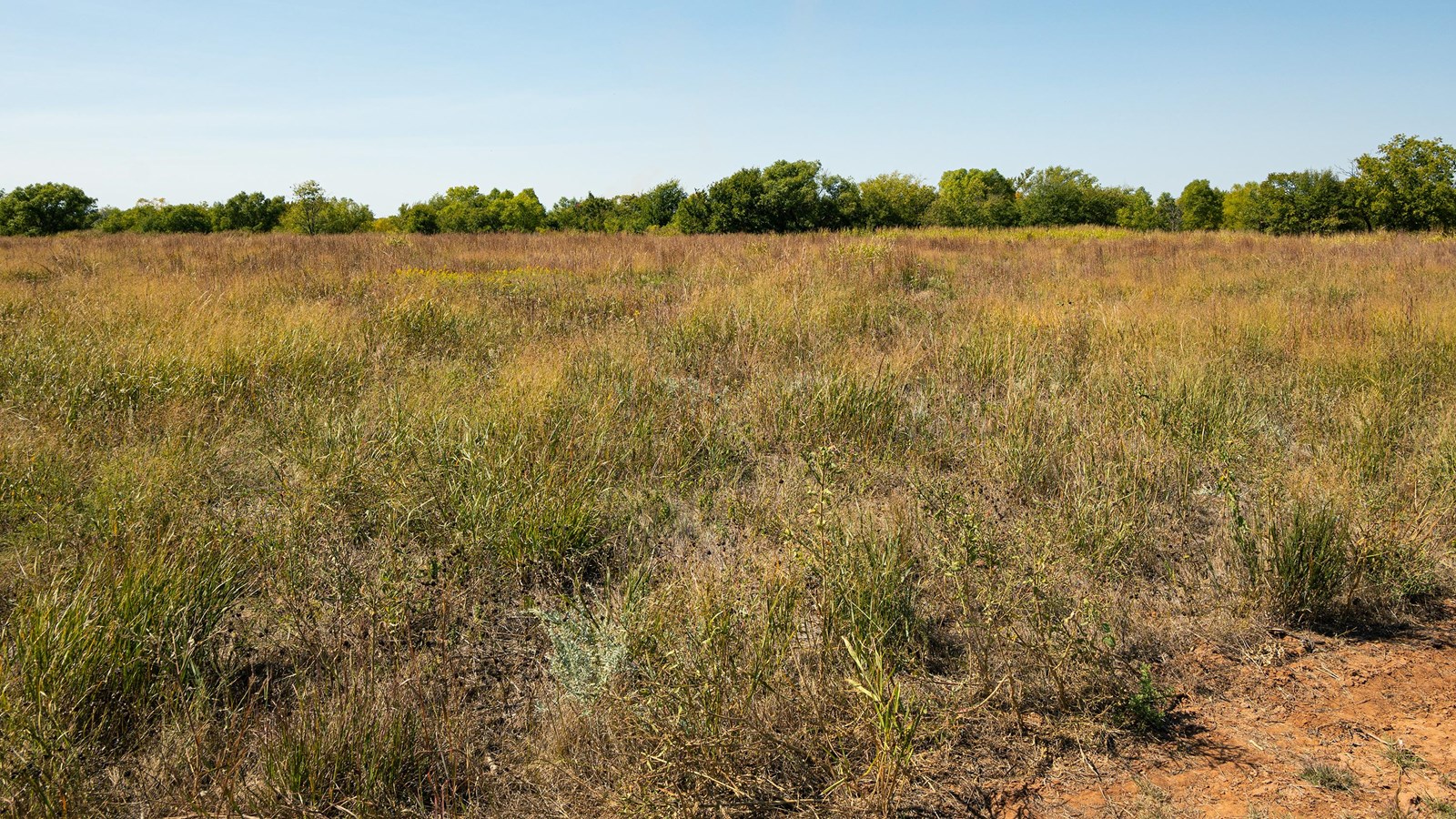Last updated: July 9, 2021
Place
Stop Six

NPS / Christian Schroll
This section of the river valley is most likely where Chief Black Kettle's village was located. This area provided shelter from the wind while providing water, wood, and food for the horses.
On November 27, 1868, Lt. Col. George Armstrong Custer attacked the sleeping Cheyenne village. Black Kettle, who had survived the Sand Creek Massacre, had been working diligently to avoid conflict.
The soldiers' orders were very clear that terrible day- burn the camp and everything in it to the ground, kill the warriors, take all the women and children captive, and kill all the horses.
This strategy - attack in the winter when Indian horses would be weak and tribes would be unsuspecting – was terrible but effective.
In the end, 60 Cheyenne and 22 soldiers lay dead in the snow. 53 Cheyenne women and children had been captured, and 650 horses killed.
Why?
The impact of losing their horses and valuable winter supplies, plus the knowledge that cold weather no longer provided protection from attack, forced many Cheyenne to accept reservation life.
